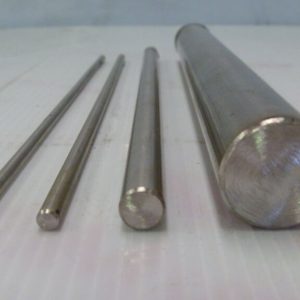


This cookie is set by GDPR Cookie Consent plugin. The cookies is used to store the user consent for the cookies in the category "Necessary". The cookie is set by GDPR cookie consent to record the user consent for the cookies in the category "Functional". The cookie is used to store the user consent for the cookies in the category "Analytics". These cookies ensure basic functionalities and security features of the website, anonymously. Necessary cookies are absolutely essential for the website to function properly. Likewise, A4 grade can be called type 316 – but more: To all intents and purposes, when we see type A2 stainless steel, we can also call it Type 304. Part 1 covers bolts, screw and studs, part 2 nuts and part 4 tapping screws. Bolts, screws and studs with specified grades and property classes) replaces BS6105. Mechanical properties of corrosion-resistant stainless steel fasteners. Stainless steel, when used for fasteners (nuts, bolts, screws etc) have British standards associated with them. Non-metal additions are also made, the main ones being: Other alloying elements are added to enhance the structure and properties such as formability, strength and cryogenic toughness. Passivation only occurs if the mixture of chromium is high enough. Stainless steels contain sufficient chromium to form a passive film of chromium oxide, which prevents further surface corrosion and blocks corrosion from spreading into the metal’s internal structure. This iron oxide film (the rust) accelerates corrosion by forming more iron oxide. Unprotected carbon steel rusts readily when exposed to air and moisture. Stainless steel differs from carbon steel by the amount of chromium present. Perhaps we could say “A highly corrosion-resistant grade of steel” The main point to make here is that it helps resist corrosion, it does not prevent it. The chromium helps the alloy to resist staining and corrosion. Also known as inox steel from the French “inoxydable”, stainless steel is a steel alloy with a minimum of 10.5 % chromium.


 0 kommentar(er)
0 kommentar(er)
